- Capstone Projects – One-year development projects executed in conjunction with a two-semester courses, in which students work together to carry an idea from initial design all the way to prototype fabrication and testing.
- Research Projects – Cutting-edge research projects in which participants from campus and Lincoln Laboratory explicitly leverage the strengths of both institutions to efficiently solve critical problems.
- Individual Research – Guided research for individual development in a focused research area; examples include Undergraduate Research Opportunities Programs (UROP) at both Lincoln Laboratory, and MIT, some Research Assistantship (RA) opportunities, and internships. Additional opportunities are available through the EECS SuperUROP program. Beaver Works space is available for use by Lincoln Laboratory UROP students.
Projects
Students use Beaver Works for collaborative projects and individual research in areas as diverse as energy systems, autonomy and robotics, cyber security, and biotechnology. The examples below show a few student projects performed at Beaver Works, but we can assist you with any type of project you can imagine.
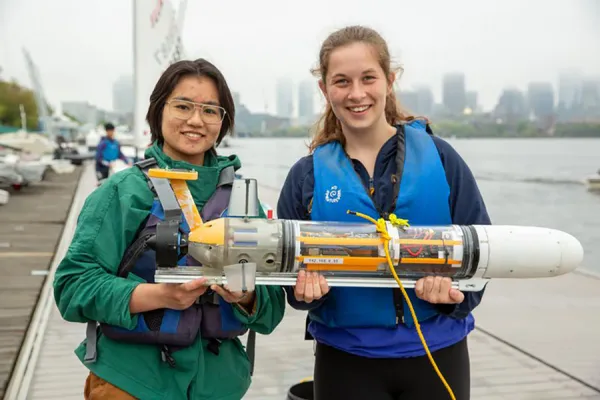
Autonomous Vehicles
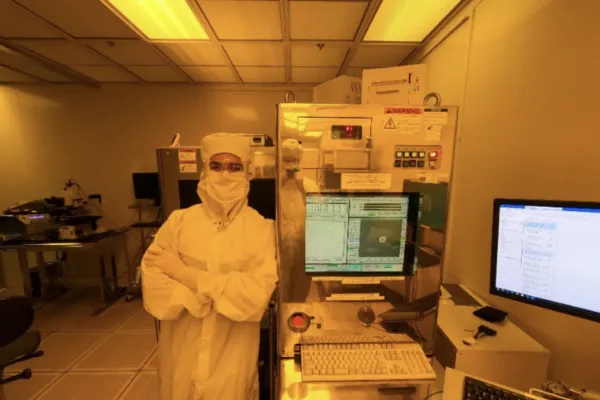
Improving Fabrication Processes
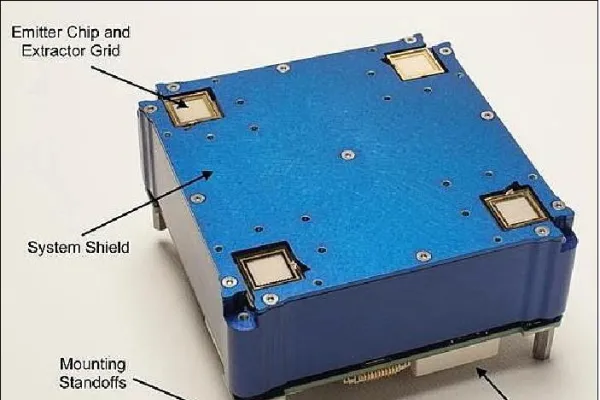
Beaver Cube
With the assistance of the MIT Small Satellite Center, students develop small CubeSats that can test technologies and perform real science missions in space.
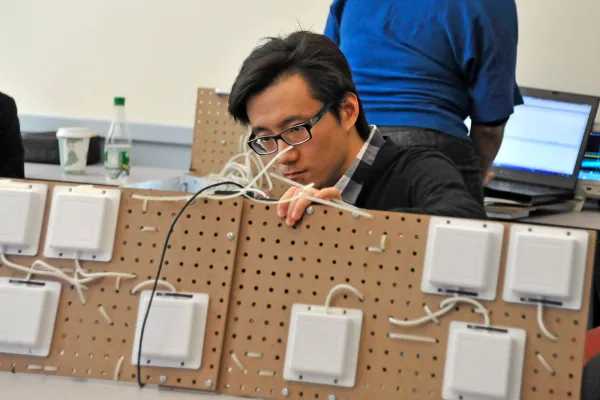
Small Phased Array Radar System
Students learn the basics of radar and build a low-cost short-range phased array system that can see through walls.
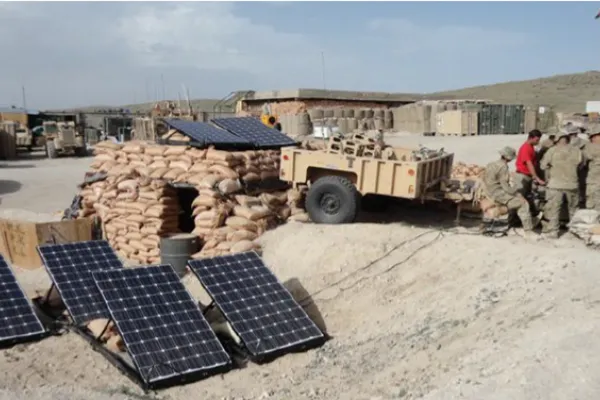
Mobile Tactical Power
Students develop novel energy technologies and learn how to build a micro power grid that can be used in regions with unreliable power.
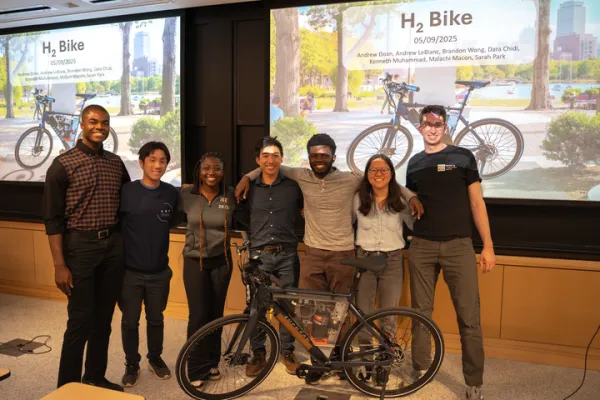
H2 Bike
Students design a prototype hydrogen-powered e-bike that uses an aluminum fuel and water reaction to produce hydrogen on-demand.
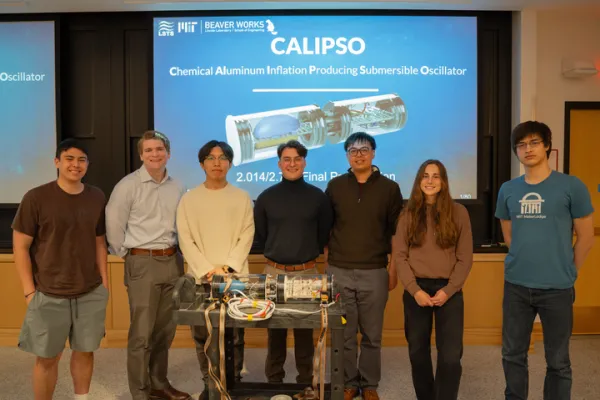
Underwater Engine
Students build a demonstration testbed that uses a aluminum fuel and water reaction to create a buoyancy engine for underwater exploration.
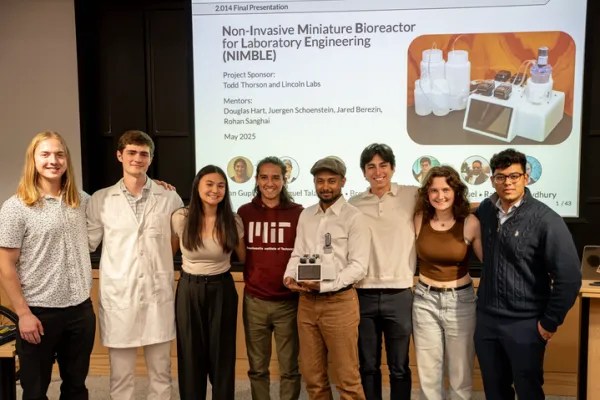
BioReactor
Students develop innovative solutions to test bioreactions in small batches under controllable conditions.
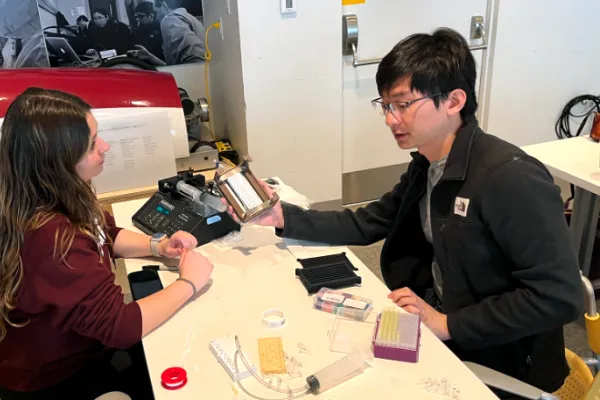
B.E.A.V.E.R
Students develop an integrated environmental control system and high-throughput technique to culture extremophile bacteria in order to bioprospect more efficiently.